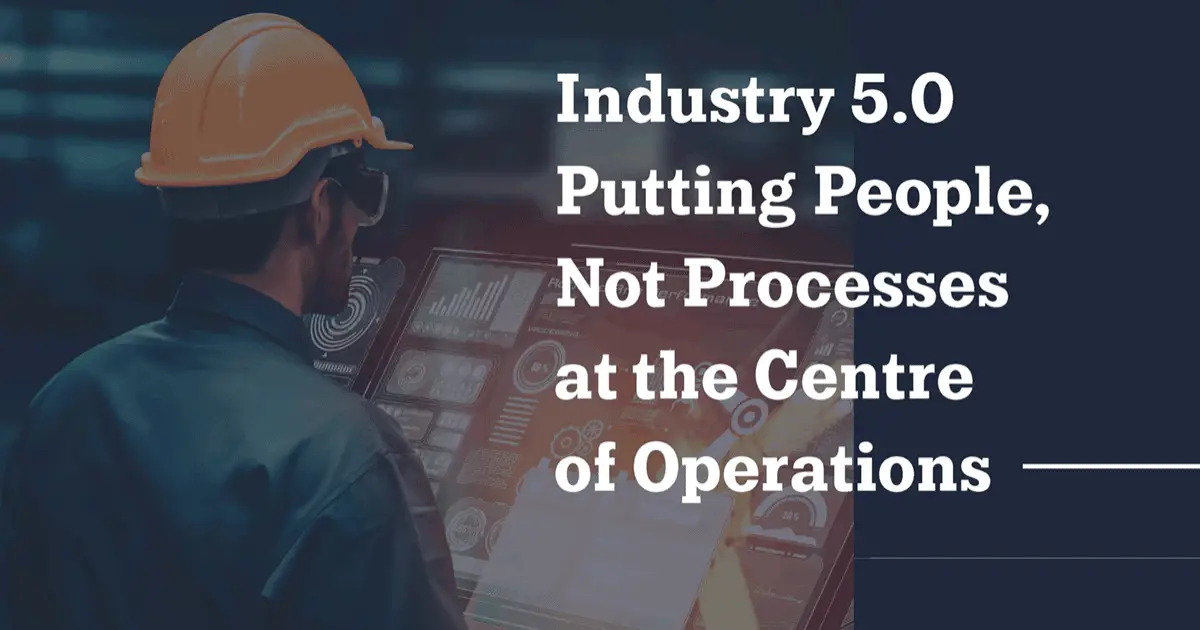Evolve beyond Industry 4.0 and put your people at the heart of manufacturing operations
Anyone involved in manufacturing will be familiar with Industry 4.0, the digital transformation that has revolutionised the sector by integrating AI, cloud computing, workflow automation, wearables, and real-time data into production processes. At its core, Industry 4.0 has been about enhancing efficiency, productivity, and quality by enabling seamless collaboration between people, processes, and automated systems. By combining the speed and accuracy of automation with human decision making, manufacturers have been able to achieve significant improvements.
But what comes next? Enter Industry 5.0. While Industry 4.0 focused heavily on automation, Industry 5.0 shifts the spotlight back to human-centric manufacturing. This new wave of industrial evolution emphasises collaboration between advanced technology and human expertise. It ensures that automation supports, not replaces, workers. The goal is not just to make factories smarter but to make them more responsive, sustainable, and people-focused.
For many manufacturers, however, this remains an aspirational concept rather than an operational reality. You may have invested in an ERP system to manage production planning, track efficiency, and generate reports. But does your current setup truly highlight where human bottlenecks are taking place? Are you able to see in real time how efficiently workers are operating and whether they have the right tools and information at their fingertips?
This is where digital transformation needs to go further. Industry 5.0 is about augmenting human potential rather than simply digitising workflows. Our latest manufacturing eBook provides practical, step-by-step guidance on transitioning from paper-based processes to digitally connected, data-driven human operations. Learn how to harness the power of human-generated data, eliminate inefficiencies, and build a truly smart factory that prioritises both technology and workforce productivity.
Complete the form to download your Industry 5.0 eBook.
By clicking the ‘Download’ button you consent to allow Intoware to store and process the data submitted to provide the content requested.

